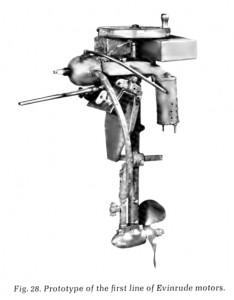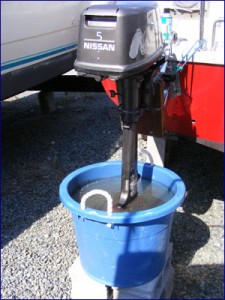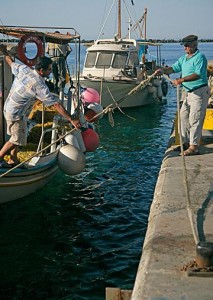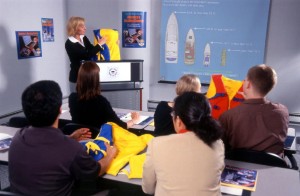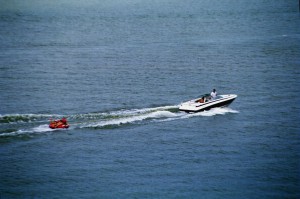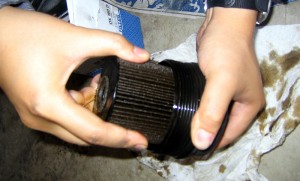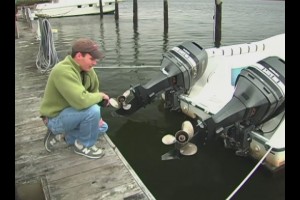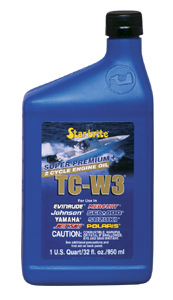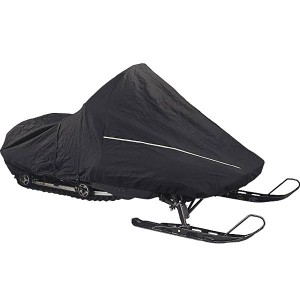Buying a Boat: Part Two
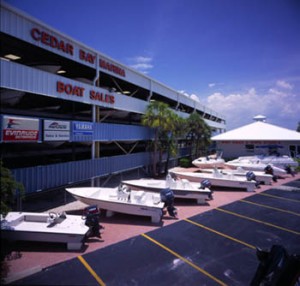 If you are purchasing your first boat, it is essential to learn some of the boating lingo and engine basics—you probably shouldn’t be purchasing a boat if you don’t even know where to pour in the Evinrude XD100. Also consult friends and acquaintances who are boat owners in order to glean some information on common problems with boats; and, of course, you can always conduct side-by-side comparisons online. One of the biggest decisions to make when investing in a new boat is whether to buy new or used.
If you are purchasing your first boat, it is essential to learn some of the boating lingo and engine basics—you probably shouldn’t be purchasing a boat if you don’t even know where to pour in the Evinrude XD100. Also consult friends and acquaintances who are boat owners in order to glean some information on common problems with boats; and, of course, you can always conduct side-by-side comparisons online. One of the biggest decisions to make when investing in a new boat is whether to buy new or used.
For anyone who has ever purchased a car, the pros and cons are comparable. With a new boat, you will have a warranty, payment options and the assurance that the craft is in top condition. But you also have to swallow that huge price tag. Used boats are obviously the more economical option, but if you decide to go this route, you will want to have the craft thoroughly inspected by an expert—just as you would have a mechanic examine a used car.


